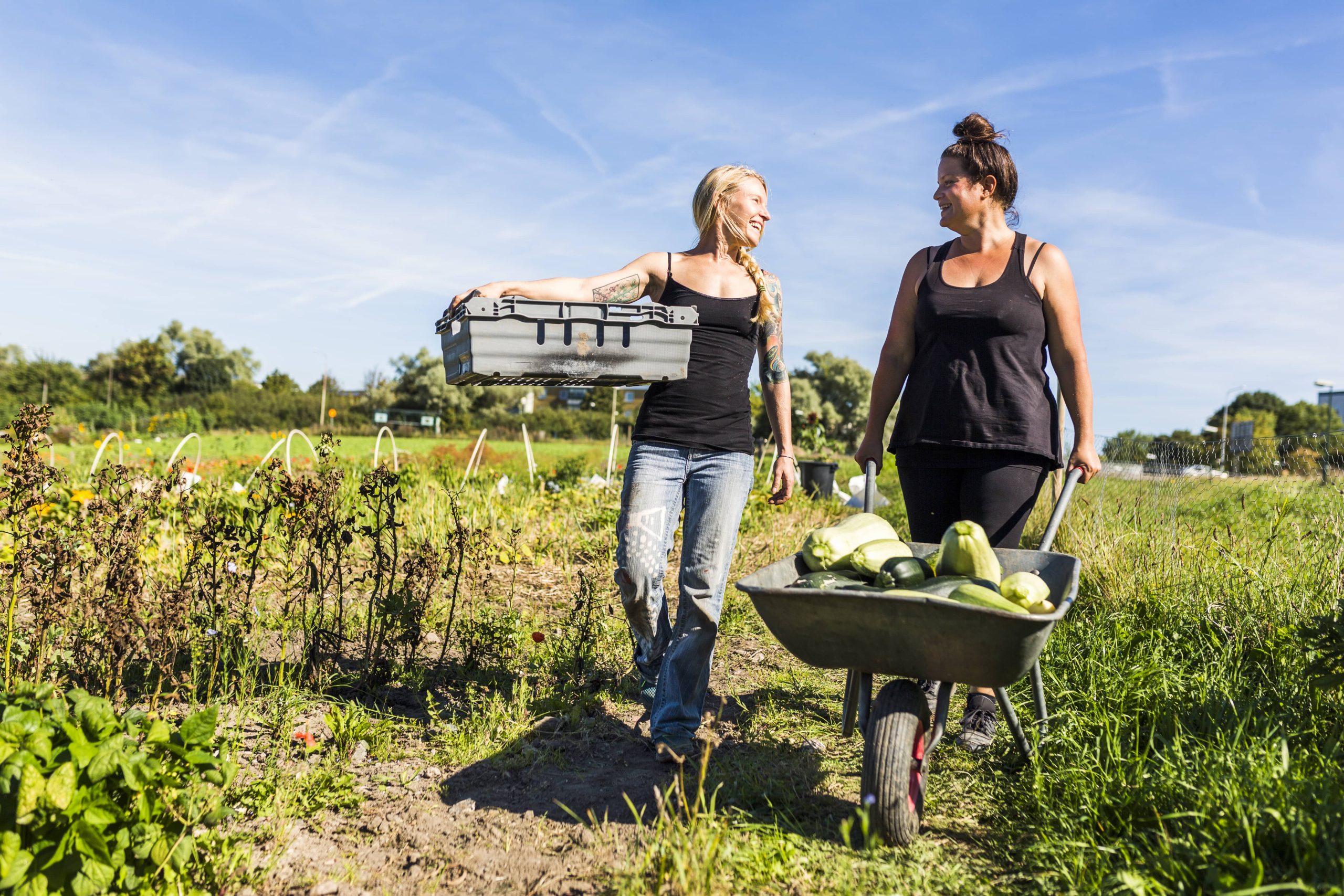
Landscaping is one of the most rewarding ways to improve the value and appeal of your home. A well-designed and maintained garden not only provides a personal oasis of tranquility but can also transform your property into an inviting environment. However, the misconception that landscaping requires a hefty financial outlay often holds homeowners back. Fortunately, with a pinch of creativity and a dash of resourcefulness, landscaping on a budget is entirely achievable. Let’s explore some budget-friendly tips and tricks that will help you create a delightful outdoor space without breaking the bank.
1. Plan and Prioritize
Before diving into any landscaping project, it’s essential to plan ahead. Create a sketch of your yard, noting existing features and identifying areas that need enhancement. Prioritize the elements that will make the most significant impact on your space. Whether it’s a new pathway, a flower bed, or a vegetable garden, identifying the most critical pieces can guide your spending effectively.
2. Do It Yourself
Labor is one of the greatest costs in landscaping, so doing the work yourself can save a significant amount of money. Even if you’re not particularly handy, there are numerous resources available, including books, videos, and online tutorials, to guide you through most basic landscaping tasks. Start small and gradually take on more challenging projects as your confidence grows.
3. Reuse and Recycle
Embrace the art of repurposing. Old bricks, stones, and wood can be reused to create borders, pathways, or raised garden beds. Check online marketplaces, social media groups, or local classifieds for materials that people are giving away. Flea markets and garage sales are excellent places to find affordable garden decorations.
4. Start Small with Plants
Instead of buying mature plants, which can be costly, purchase smaller plants and allow them to grow over time. Perennials are an excellent option because they come back year after year, reducing the need to buy new plants each season. You can also start your plants from seeds, which is significantly cheaper than buying seedlings. For instance, sowing wildflower seeds will add vibrant color to your garden, and they’re much more affordable than buying potted flowers.
5. Compost and Mulch
Creating your own compost is a sustainable and cost-effective way to enrich your soil. Kitchen scraps and yard waste make excellent compost, which can help your plants thrive without the need for expensive fertilizers. Additionally, using mulch—such as bark, leaves, or straw—can help retain moisture, suppress weeds, and enhance the appearance of your garden.
6. Water Wisely
Installing a rain barrel is a great way to collect free water for your garden. You can also reduce water usage by designing your landscape with drought-tolerant plants, often referred to as xeriscaping. Grouping plants with similar water requirements allows you to water more efficiently. Utilizing drip irrigation systems and watering in the early morning or late afternoon can also conserve water.
7. Choose Indigenous Plants
Native plants are adapted to your local climate and soil conditions and often require less water and maintenance. This can save you significant time and resources in the long run. They also provide the added benefit of supporting local ecosystems by attracting pollinators such as bees and butterflies.
8. Use Found and Foraged Materials
Natural materials like rocks, branches, and foliage can be stylishly incorporated into your landscape. Incorporate driftwood into your designs, or use smooth stones as garden markers. Incorporating found materials adds a personal touch to your garden space while cutting costs.
9. Create Edible Landscapes
Combine beauty with utility by dedicating a portion of your landscape to growing fruits, vegetables, and herbs. Not only can you reduce grocery bills, but an edible garden adds lush, green textures and a variety of colors from blossoms and fruit.
10. Seasonal Sales and Off-Season Purchases
Keep an eye out for seasonal sales at garden centers. Buying plants and materials at the end of the season can lead to significant savings. Off-season purchases often come with discounts as stores prepare for new inventory, allowing you to snag some bargains.
11. Incorporate Art and Upcycling
Add artistic interest to your garden with homemade or upcycled art pieces. It could be as simple as repainting an old chair to use as a plant stand or creating sculptures from scrap metal. Not only does this add creativity to your landscape, but it also keeps costs down.
12. Share and Swap with Neighbors
Finally, connect with your community. Swapping plants, seeds, or tools with neighbors can broaden your garden variety at no cost. Sharing knowledge and experience is also invaluable and can lead to ongoing gardening friendships.
Creating a beautiful, inviting outdoor space doesn’t require a fortune. By being resourceful and smart about your decisions, you can enjoy the process of landscaping while staying within budget. Remember, the most successful gardens are built over time, with patience and passion. So, take these tips and tricks, and start your budgeting landscaping journey today!













